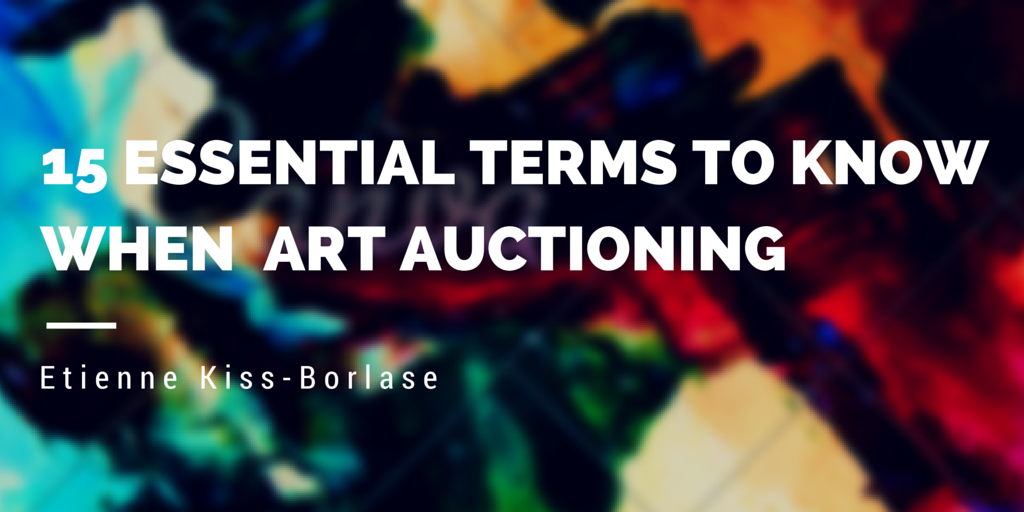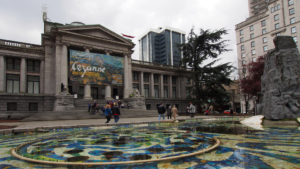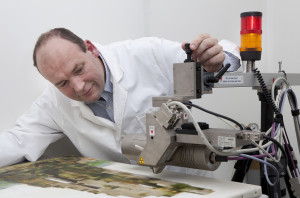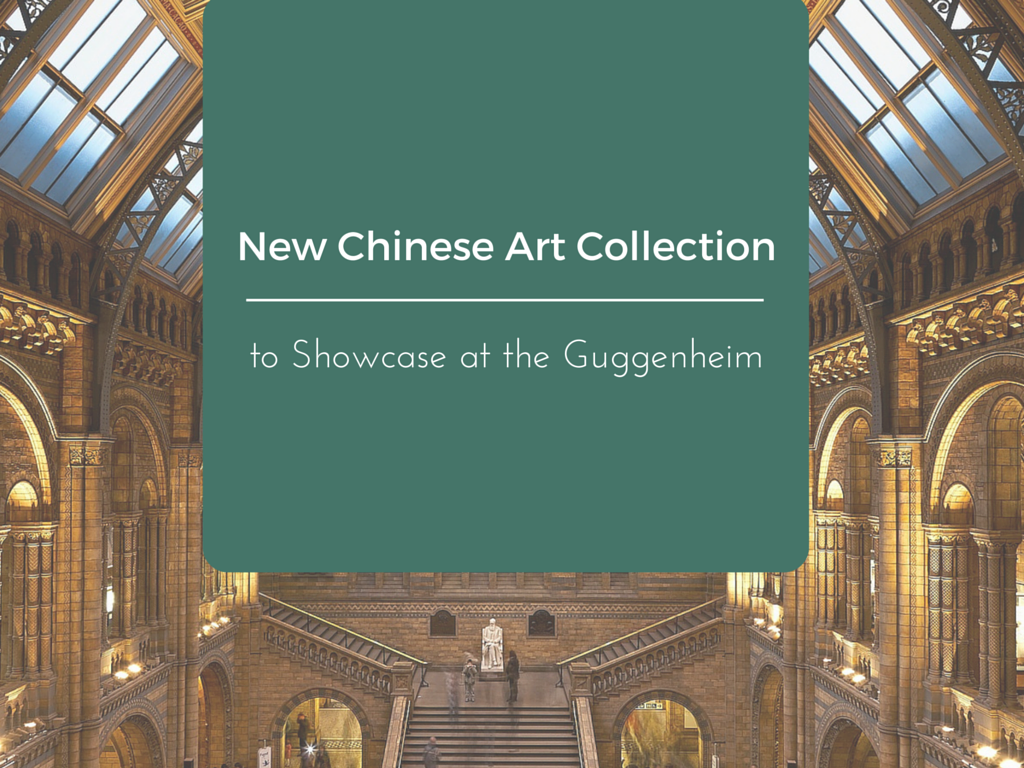Auctioning can sometimes resemble a sporting match in terms of competitiveness and intensity. Understanding the most basic principles of art auctioning will allow any individual to excel once provided with the opportunity to bid on artwork. Here are 15 terms to keep in mind as you participate in this process.
Appraisal- The market value assigned to an item by the house specialists.
As is- The item is sold in its current condition, with imperfections and faults at the time of auction.
Auctioneer- The conductor of the auction, usually a trained professional, can be a man or woman. They are usually known for their ability to fetch outstanding prices for items, even in the stingiest of crowds. Auctioneer’s use many different styles that are catered to specific demographics.
Bid- The amount a prospective buyer signals he/she would like to pay for the item currently being auctioned.
Bought In- Art that fails to sell and gets returned to the consignor.
Buyer’s Premium- The fee that the auction house adds to the hammer price of an item, usually a percentage from 10-20%.
Conditions Report- Description of the item up for auction, usually prepared by a specialist.
Consignor- The party responsible for putting the piece up for auction. Can stem from the three D’s known as Divorce, Death and or Debt.
Exhibition History- A complete history of all exhibitions in which an item as appeared. Exhibit history may affect the value of the item.
Hammer Price- The final and winning bid, gets its name from the gavel when it comes down upon completion of an auction.
Increment- The amount by which the next bid must surpass the previous bid.
Protecting a Market- When a dealer places a bid on behalf of an artist to assure that the market value of an artist does not fall. Major artists usually expect this type of financial protection from dealers.
Reserve- The minimum price that a consignor will allow the item to be sold for. If the reserve is not met then the work will be bought in.
Sell Through Rate- The percentage compiled to assess how the auction performed. Rates below 75% are considered to be underperforming.
White Glove Sale- An auction in with a 100% sell through rate. A party usually ensues after.
Even with basic knowledge of these terms, any beginner can approach a sale at the auction house with confidence and ease.




